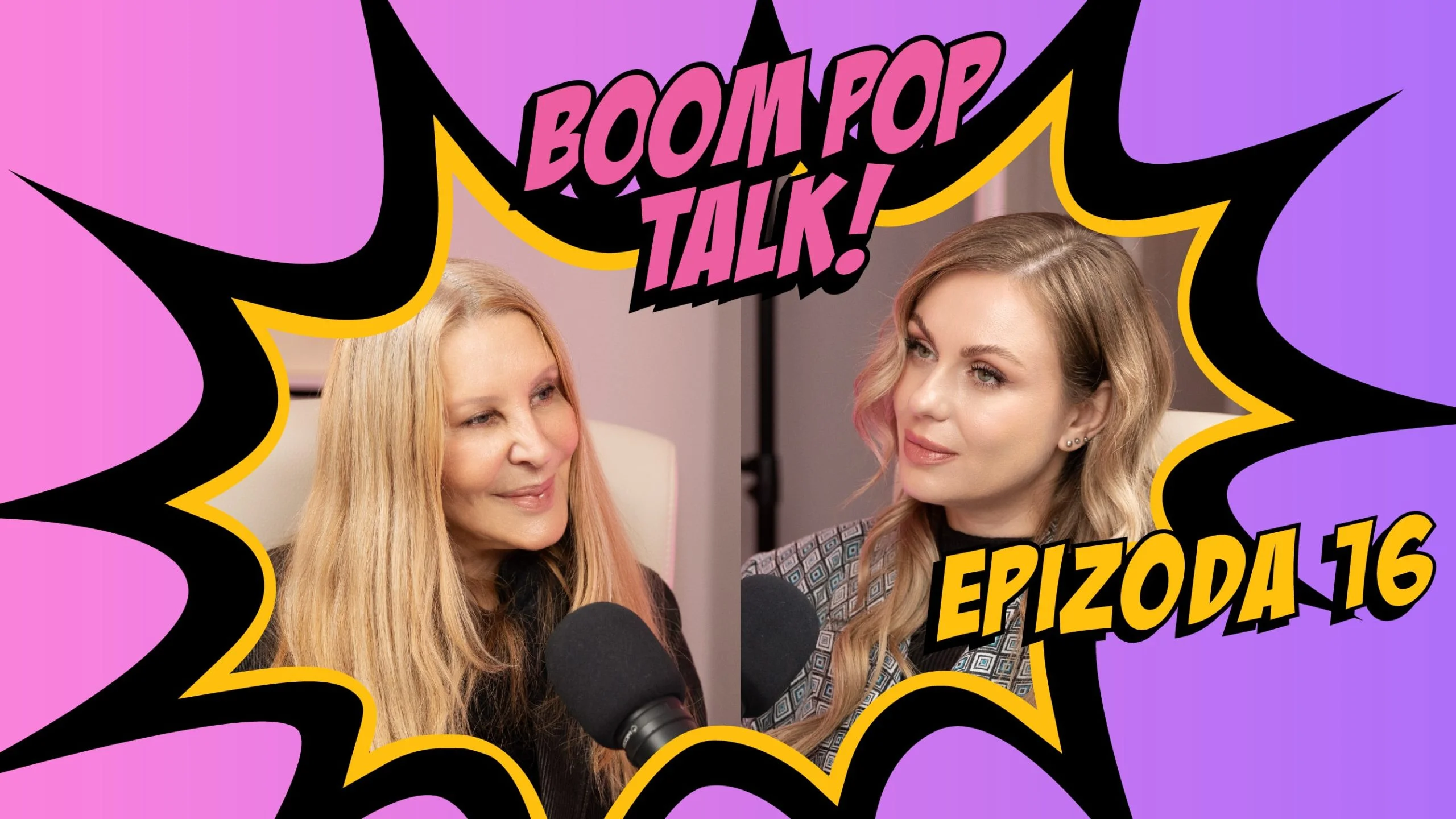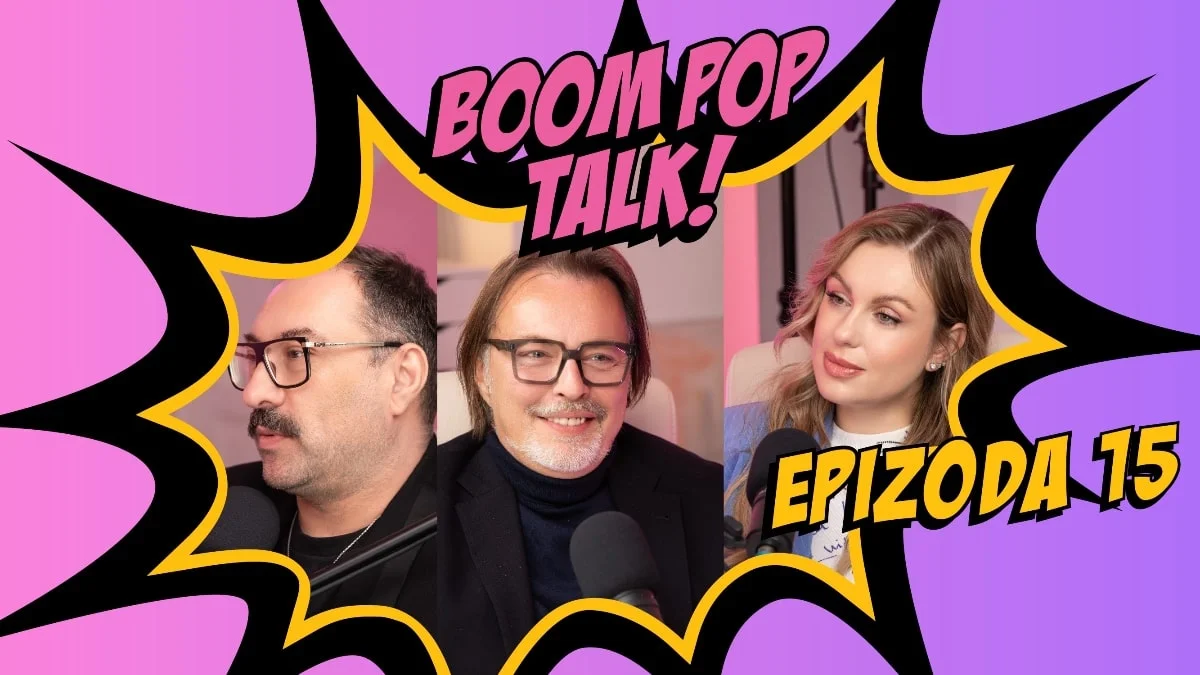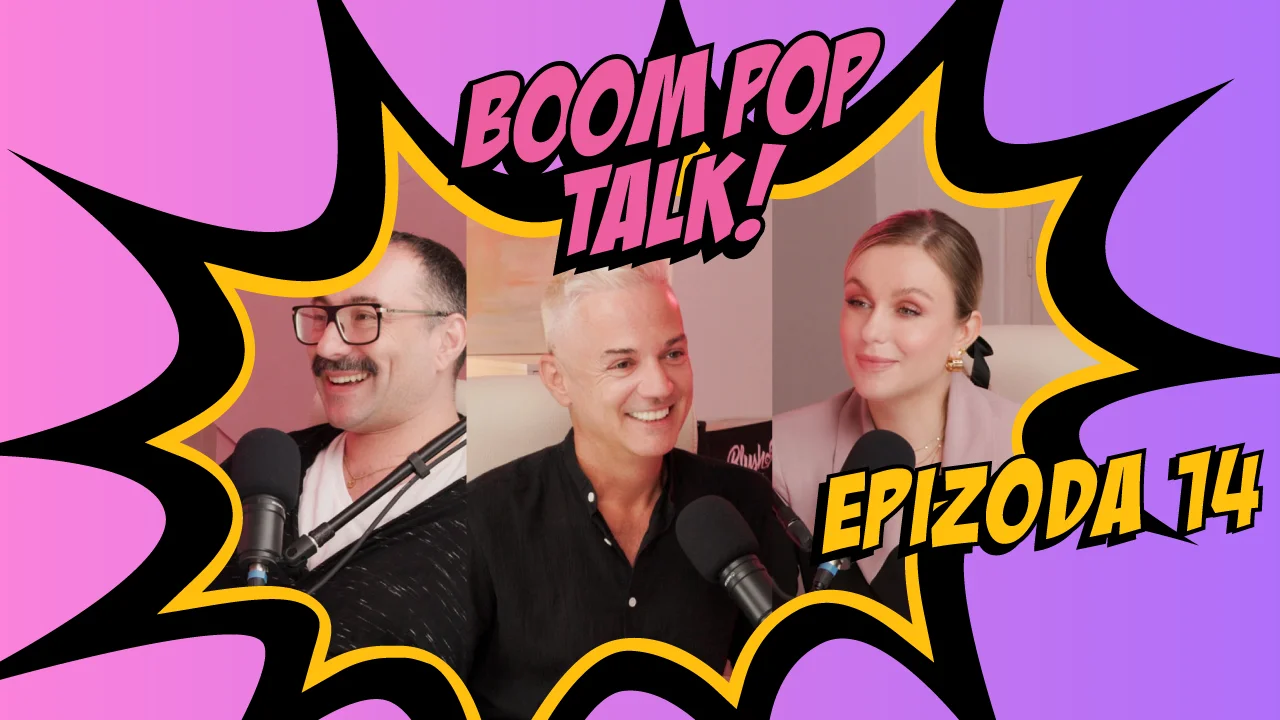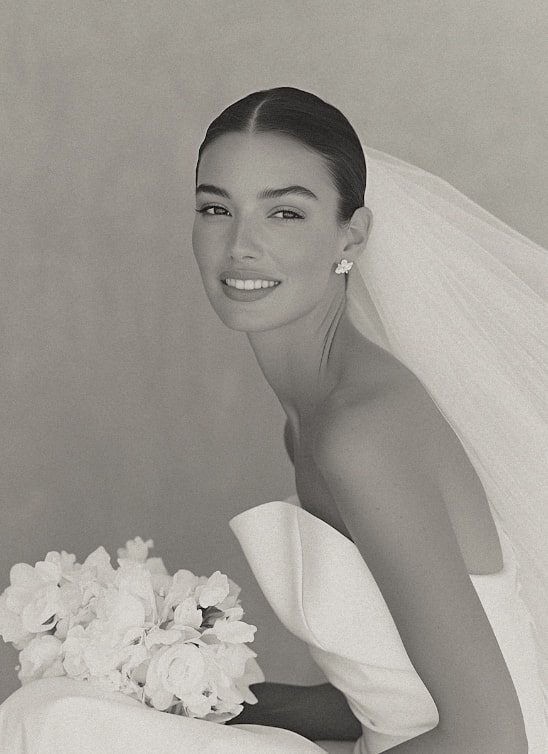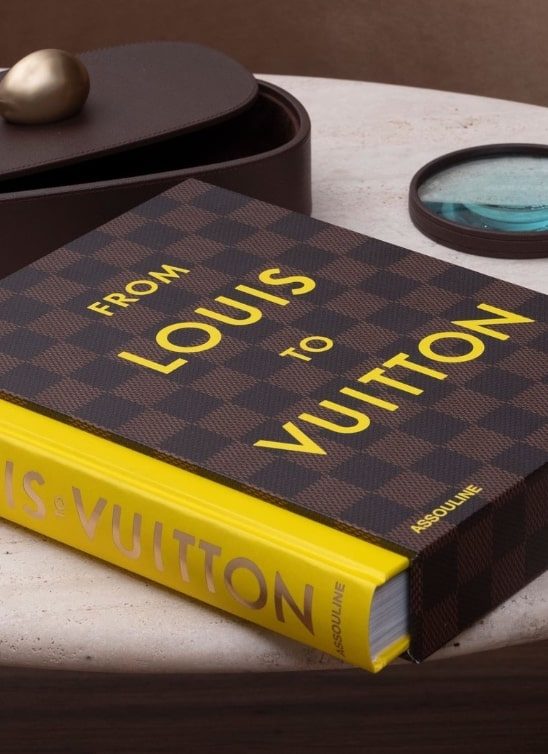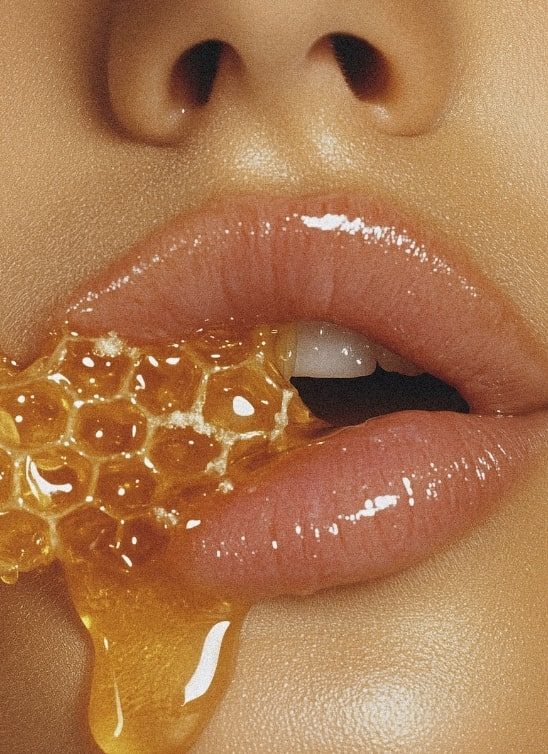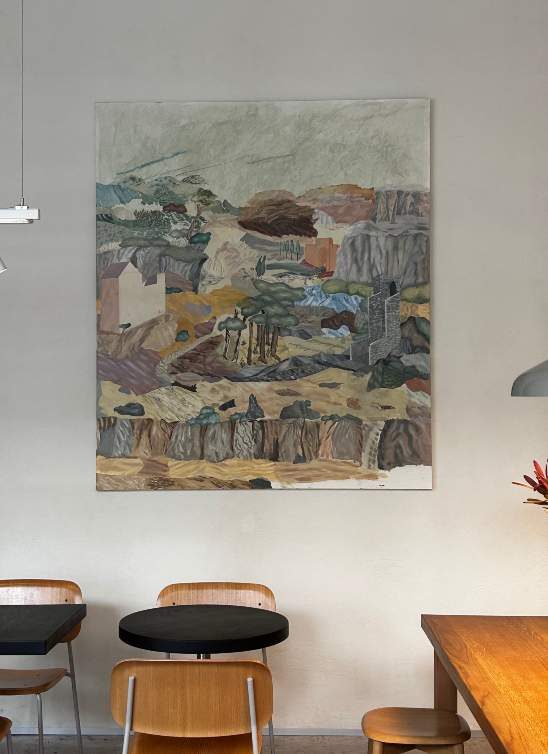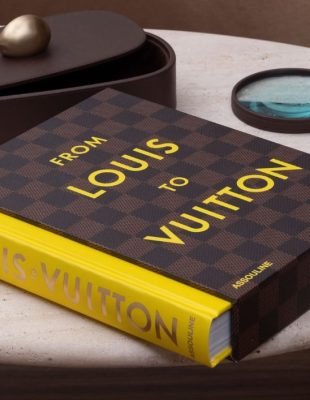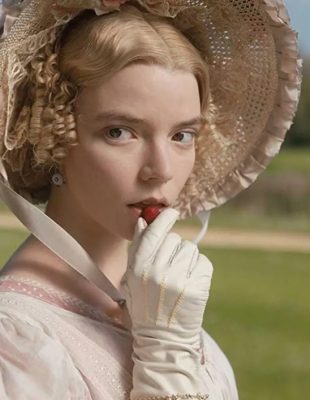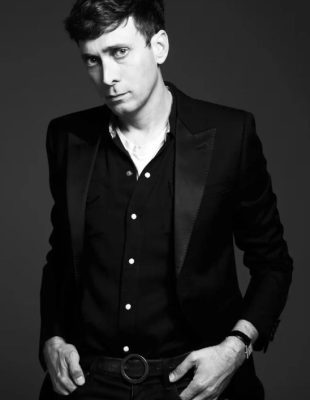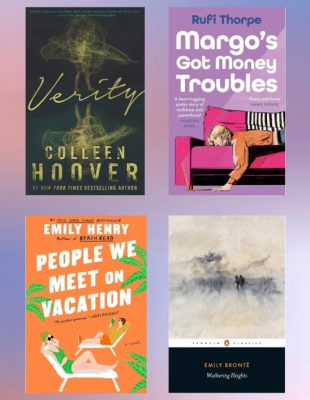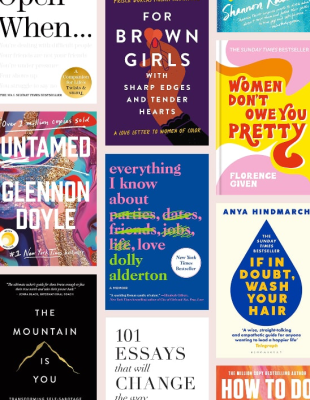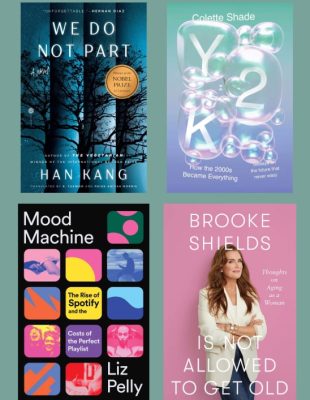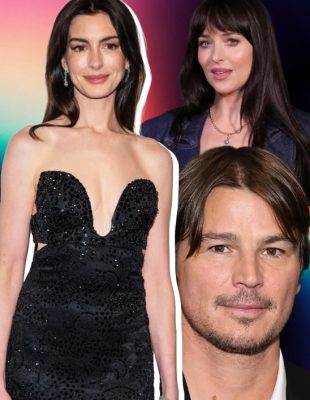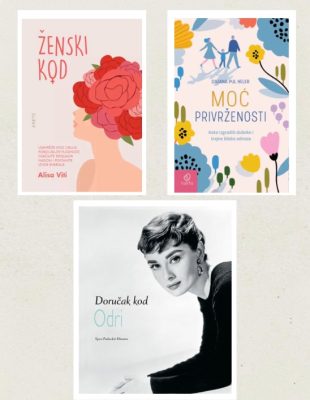Ellen Byerrum is a famous American author who has written a lot of books. Her series of books named “Fashion Crimes” is very popular and two books from that series are screened. She is a writer and author, but also an investigator. If you want to find out what’s the bond between the fashion and crime, what is she interested in, what are her next career plans – read this interview with a very special lady named Ellen Byerrum.
WANNABE MAGAZINE: Dear Ellen, I’m glad you agreed to do this interview. By now you’ve written a lot of books mostly based on the combination of fashion and crime. You graduated private investigator school in Virginia. Let’s begin with that, tell us about that period of your life. When you realized that you are interested in investigation and that you have an affinity towards the resolution of criminal cases?
Ellen: Investigation is something I’ve always been interested in, as a reporter and a mystery writer, but I wanted to find out more about it so I could incorporate it into my writing. I wanted my books to have the feeling of authenticity. And it was a great way to get to meet people who are private investigators and listen to their personal stories, many of which are pretty comical!
I have met a couple of investigators who fell through ceilings while putting in spy cameras. One was chased out of the house by a cheating wife’s boyfriend.

Ellen Byerrum: “Investigation is something I’ve always been interested in.”
You also worked as a journalist and reporter. Which memories and experiences related you to that period of your life?
Everything is experience that you can write about and so I have put some of my history in my books. I was a reporter in Washington, which can be a fabulous career, so I made my main character a reporter. And in the novel “Death on Heels”, I used a lot of my first job as a reporter. I worked at a terrible small newspaper in a small ugly town, but I remember a lot of it as being very funny. My first editor was a lunatic, but he made for good stories.
As we already mentioned, most your books are based on an incredible combination of fashion and crime. What is, in your opinion, the bond between the fashion (glamour, shine, elegance) and the crime (robbery, kidnapping, murder)? These are completely contradictory concepts, but we would like to know what connects them?
Fashion and the way we dress tell people stories about ourselves. Our clothes give away a lot of information, including how much money we make and where we come from, whether we might be conservative or liberal. Our clothes tell others who we want to be. In my books, I draw on fashion clues to give Lacey the ability to solve crimes. And sometimes there are actual crimes involving fashion. For instance, I had a friend who worked at a dress boutique that was robbed. He was and tied up and had to get loose to call the police. He graciously let me use that as background for one of the crimes in the book “Designer Knockoff”. I was also fascinated by the corsets full of diamonds that the Romanov princesses were wearing when they were executed. I used an idea that one diamond-filled corset might still be hidden somewhere in “Raiders of the Lost Corset”.
Can you tell us something about your series of books named “Fashion Crimes”?
The Crime of Fashion mysteries combine murder, mystery and fashion. They are funny, with a dash of romance. They follow the life of fashion reporter Lacey Smithsonian, and the people around her. Usually, they are set in Washington, D.C., the City that Fashion Forgot. Lacey writes a fashion column and she get no respect, but she is constantly looking behind the crime and she sees what others do not, the link between fashion clues and solving the crime.
The main character of the series of books “Fashion Crime” is Lacey Smithsonian, who works as a fashion reporter in Washington. What do Lacey and you, as her creator, have in common?
We both love vintage fashion. We were both reporters in Washington, but I covered a government agency, the Occupational Safety and Health Administration, which governs workplace safety. I did not write about fashion. However, I once worked at a large hair salon chain in the area. I wrote advertising copy and newsletters. I did not cut hair! That is where I got the idea for my first novel, KILLER HAIR. I also gave her my apartment, which was on the Potomac River.
In mentioned mystery series – there are 9 books. Two of those books named “Killer Hair” and “Hostile makeover” are screened. How did you come up with an idea of making movies based on these two books, and how did you start to collaborate with Jerry Ciccoritti, the movie director?
As the book writer, I had very little input on the Lifetime Movie Network films, although I met Jerry Ciccoritti when the crew came to Washington to film some exteriors and location shots. A couple years before, I had made a valuable connection through a mystery group I belong to called Sisters in Crime. The group sponsored a conference in Hollywood called “How to Sell Your Book to Hollywood.” I immediately signed up for it. At that conference I met a producer named Rona Edwards, who loved the idea of the books for movies. It took a couple of years before the films happened, but it was very exciting time. (I can be seen in KILLER HAIR walking along the sidewalk in front of The White House.) I would like to see more movies made from the books, but there are no plans to do it. I feel very lucky that two books were filmed. It doesn’t happen for everybody.
How does your writing process look like? Do you have a special place where you write, a special part of the day when you make your own work, or is it relatively so you write in the moments when you have inspiration no matter where you are and what time of the day is in that moment?
My process is not as organized as I would like. I often have to leave the house and go to someplace different, like the library or a coffee shop. It also depends on what part of the book I am writing. In the beginning of a book, it is difficult to get started and sort out where to put all the information, and I like to go somewhere where I don’t have to worry about cleaning the house or performing mundane tasks. I might only work a couple hours a day, but I spend a lot of time thinking about a book and working through the plot and characters and story arc. I find exercise very important to writing. I like water aerobics and I like to take walks because they can let my mind rest and come up with new ideas and characters and dialog. Toward the end of a book, I write more hours a day and when I’m on deadline, I might work 10 or 12 hours a day on a book. I keep a pen and notebook by my bed so I can jot down ideas that occur to me. If I think I can remember something in the morning without writing it down, I will always lose it.
What literary genre do you prefer to read?
I love mysteries and thrillers. Sometimes, I like to take a break from my usual reading with a romance. I also like biographies and some memoirs.

Ellen: “The Crime of Fashion mysteries combine murder, mystery and fashion”
Pieces of which authors do you respect the most? Is the style of writing of some of them inspiring you when you’re writing your own pieces?
I love to read Raymond Chandler and his work from the 40s and 50s. I also enjoy Elizabeth Peters and her series set in Egypt. And many more that I’m not calling to mind right now.
You love vintage clothes. If you could choose the time to live in, which century/decade you would choose? Which century and decades are you the most attracted to?
Although I love clothes from other era’s I think I’m too fond of modern conveniences and plumbing to want to go to another time and place. I love clothes from the 1930s and 1940s because I think they are smart and strong and flatter women’s shapes. I also like the early 1800s in France. It was the first time in centuries that women stopped wearing corsets.
What are your hobbies and interests?
I like reading and swimming and walking. I like to go to the theatre, although it is very expensive these days.
You are an outstanding connoisseur of fashion and fashion trends, so can you tell us what is the essential thing that every woman (regardless of age) must have in her wardrobe?
Every woman needs a great fitting pair of slacks, black sweaters, and figure-flattering jackets. Jackets hide a multitude of sins and tailored clothes are always appropriate. Although everyone wants to wear casual clothes, I think a little formality is not a bad thing. We’ve gotten much too sloppy in what we wear.
Thank you for taking time to answer on these questions. At the end we would like to know what are your future plans. Could you reveal us that?
I have just finished writing a psychological thriller that is a stand alone, not part of the series. I don’t know when it will be published. I have to get it to my agent very soon. And I am writing the 10th book in my mystery series. It has a marvelous Crime of Fashion that is really fun to write about.
Aleksandra Grujić – Student menadžmenta na Fakultetu za uslužni biznis. Obožava svoje roditelje, putovanja i šoping. Veoma zainteresovana za menadžment, arhitekturu, dizajn i knjige. Trenutno piše svoju prvu knjigu i uživa u kreiranju priče i igranju rečima. Smatra da svaka osoba može da voli druge samo onda ako voli sebe. Voleti sebe znači biti zadovoljan sobom i biti kompletna ličnost, dok to opet znači biti ostvaren na svim poljima u životu. Stoga smatra da svako treba neprestano da radi na sebi, kako na svom obrazovanju i ponašanju, tako i na svom izgledu. Više informacija o Aleksandrinim interesovanjima i stilu, kao i o njenom novinarskom radu možete da saznate putem ovog sajta.

